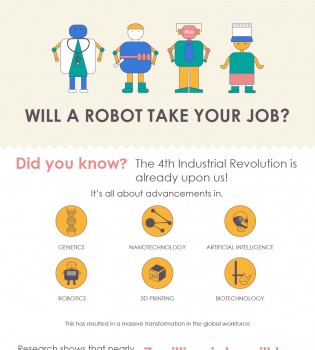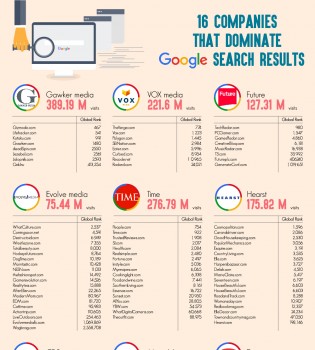Did you know that you only read about 20% of most blog posts you stumble upon online?
Yeah, that’s right! Unless of course, you are badly in need of information for something you are working on; but even then you would skim through the post, until there’s that image, graph or video that conveys the gist of the article. Gratified, you would ignore the rest of the article and focus your attention on that one piece of visual aid.
It’s not just you; all human beings are biologically wired that way. Biologically wired to process visuals 60,000x faster than text.
And with the digital revolution, which has given people access to smart devices and transformed the way they communicate with each other, visual communication has been reinforced as the most powerful medium of transferring volumes of information to masses of people.
It’s no surprise then that visual communication has affected the fundamentals of marketing over the last decade. While the attention span of human beings has dropped from 12 seconds to 8 seconds (shorter than that of a goldfish which has an attention span of 9 seconds!), communication in marketing worldwide has become shorter and more visual in nature.
Research shows that people are 94% more likely to read an article with visual content. Experts also have been able to predict that 80% of all internet traffic will be video by 2019.
Given all these changes affecting the marketing landscape, taking proper steps to adapt the marketing strategy is the smart thing all marketers around the world should do, because visual content marketing is obviously going to remain as the most popular medium of communication throughout the next several years.
And of course, the advantages of visual communication are just too irresistible.
How to Use Visual Communication in Your Marketing Strategy
Make sure that your visual content marketing strategy involves the following few steps;
- Identifying opportunities for visualization in data
- Choosing a consistent style that preserves the brand identity
- Using various visual elements properly
- Integrating social media platforms to send out the message
- Making sure the final product is scalable and user-friendly
Refer to the infographic to see how to visually communicate to your customer the right way!



